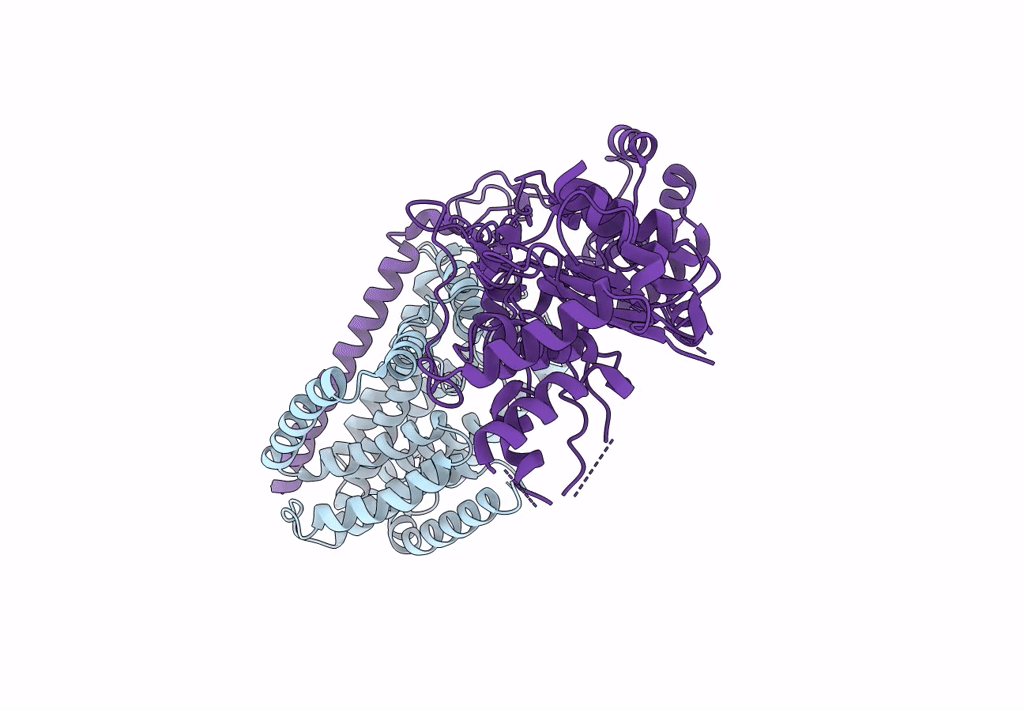
Deposition Date
2023-07-20
Release Date
2023-08-30
Last Version Date
2024-05-01
Entry Detail
PDB ID:
8TJ3
Keywords:
Title:
Structural basis of peptidoglycan synthesis by E. coli RodA-PBP2 complex
Biological Source:
Source Organism:
Escherichia coli (Taxon ID: 562)
Host Organism:
Method Details:
Experimental Method:
Resolution:
3.20 Å
Aggregation State:
PARTICLE
Reconstruction Method:
SINGLE PARTICLE


